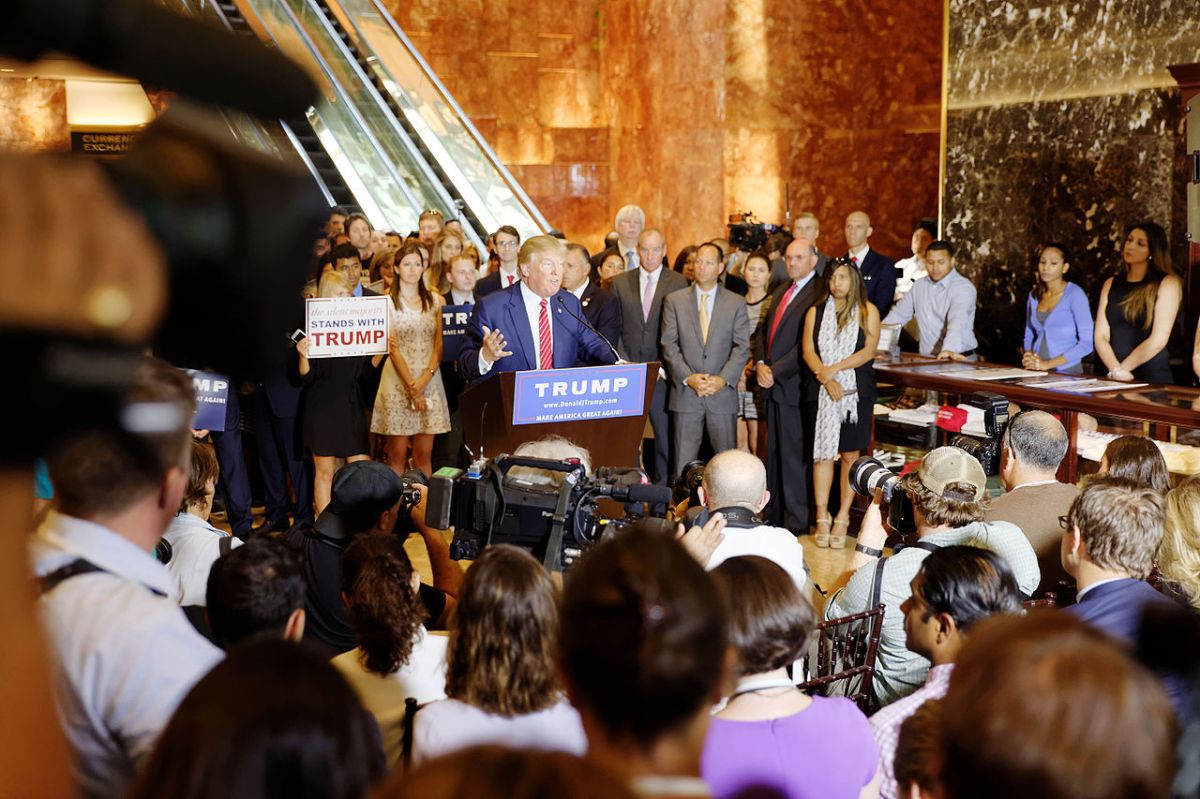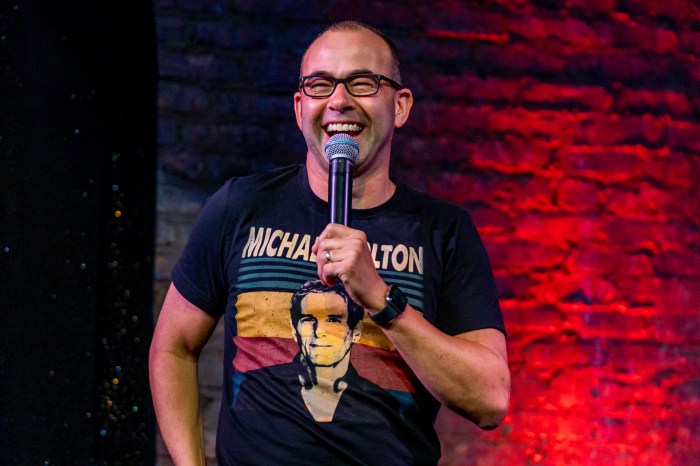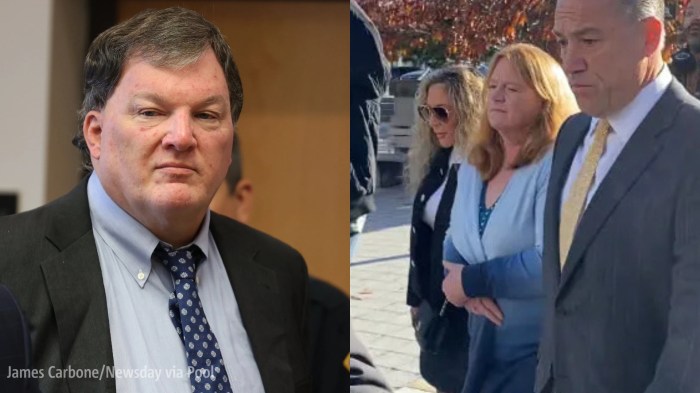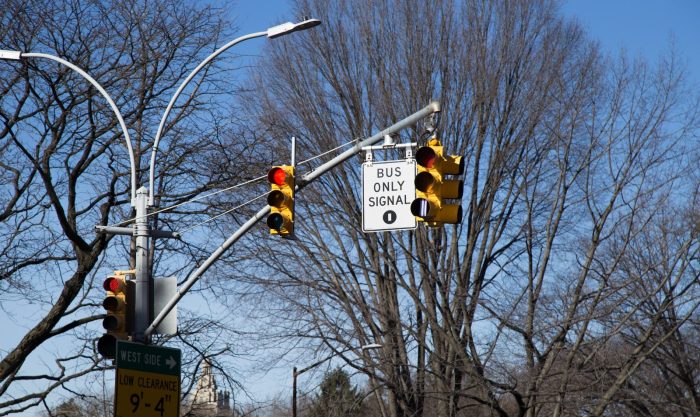By Hillel Italie, AP National Writer
Whenever Donald Trump fumes about “fake news” or labels the press “the enemy of the people,” First Amendment scholar David L. Hudson Jr. hears echoes of other presidents — but a breadth and tone that are entirely new.
Trump may not know it, but it was Thomas Jefferson who once said, “Nothing can now be believed which is seen in a newspaper,” said Hudson, a law professor at Vanderbilt University.
“But what’s unusual with Trump is the pattern of disparagement and condemnation of virtually the entire press corps. We’ve had presidents who were embittered and hated some of the press — Richard Nixon comes to mind. … But I can’t think of a situation where you have this rat-a-tat attack on the press on virtually a daily basis, for the evident purpose of discrediting it.”
Journalism marks its annual Sunshine Week, which draws attention to the media’s role in advocating for government transparency, at an extraordinary moment in the relationship between the presidency and the press.
First Amendment advocates call the Trump administration the most hostile to the press and free expression in memory. In words and actions, they say, Trump and his administration have threatened democratic principles and the general spirit of a free society: The demonizing of the media and emphatic repetition of falsehoods. Fanciful scenarios of voter fraud and scorn for dissent. The refusal to show Trump’s tax returns and the removal of information from government websites.
And in that battle with the Trump administration, the media do not have unqualified public support.
According to a recent Pew survey, nearly 90 percent of respondents favored fair and open elections while more than 80 percent value the system of government checks and balances. But around two-thirds called it vital for the media to have the right to criticize government leaders; only half of Republicans were in support. A recent Quinnipiac University poll found that Americans by a margin of 53-37 trust the media over Trump to tell the truth about important issues; among Republicans, 78 percent favored Trump.
“We’re clearly in a particularly polarizing moment, although this is something we’ve been building to for a very long time,” says Kyle Pope, editor in chief and publisher of the Columbia Journalism Review, a leading news and commentary source for journalism.
“I think one of the mistakes the press made is we became perceived as part of the establishment. And I think one of the silver linings of the moment we’re in is that we have a renewed sense of what our mission is and where we stand in the pecking order, and that is on the outside, where we belong.”
Hudson, ombudsman of the Newseum’s First Amendment Center, says it’s hard to guess whether Trump is serious or “bloviating” when he disparages free expression. He noted Trump’s comments in November saying that flag burners should be jailed and wondered if the president knew such behavior was deemed protected by the Constitution (in a 1989 Supreme Court ruling supported by a justice Trump says he admires, the late Antonin Scalia).
Hudson also worries about a range of possible trends, notably the withholding of information and a general culture of secrecy that could “close a lot of doors.” But he did have praise for Trump’s pick to replace Scalia on the court, Neil Gorsuch, saying that he has “showed sensitivity” to First Amendment issues. And free speech advocates say the press, at least on legal issues, is well positioned to withstand Trump.
“We have a really robust First Amendment and have a lot of protections in place,” says Kelly McBride, vice president of The Poynter Institute, a nonprofit journalism education center based in St. Petersburg, Florida. “That doesn’t mean that attempts won’t be made. But when you compare our country to what journalists face around the world, I still think the U.S. is one of the safest places for a journalist to criticize the government.”
The First Amendment, which states in part that “Congress shall make no law respecting an establishment of religion, or prohibiting the free exercise thereof; or abridging the freedom of speech, or of the press,” is far broader and more uniquely American than when ratified in 1791.
At the time, free expression was based on the legal writings of Britain’s Sir William Blackstone. The First Amendment protected against prior restraint, but not against lawsuits once something was spoken or published. Truth was not a defense against libel and the burden of proof was on the defendant, not the plaintiff. And the Bill of Rights applied to the federal government, but not to individual states, which could legislate as they pleased.
The most important breakthrough of recent times, and the foundation for many protections now, came with the New York Times Co. v. Sullivan case of 1964.
The Times had printed an advertisement in 1960 by supporters of the Rev. Martin Luther King Jr. that noted King had been arrested numerous times and condemned “Southern violators of the Constitution.” The public safety commissioner of Montgomery, Alabama, L. B. Sullivan sued for libel. He was not mentioned by name in the ad, but he claimed that allegations against the police also defamed him. After a state court awarded Sullivan $500,000, the Times appealed to the Supreme Court.
Some information in the ad was indeed wrong, such as the number of times King was arrested, but the Supreme Court decided unanimously for the Times. In words still widely quoted, Justice William Brennan wrote that “debate on public issues should be uninhibited, robust, and wide-open, and that it may well include vehement, caustic, and sometimes unpleasantly sharp attacks on government and public officials.” He added that a libel plaintiff must prove “that the statement was made … with knowledge that it was false or with reckless disregard of whether it was false or not.”
“It was breathtakingly new,” First Amendment attorney Floyd Abrams said of Brennan’s ruling. “It was an extraordinary step the court was taking.”
But freedom of speech has long been championed more in theory than in reality. Abraham Lincoln’s administration shut down hundreds of newspapers during the Civil War. Woodrow Wilson championed the people’s “indisputable right to criticize their own public officials,” but also signed legislation during World War I making it a crime to “utter, print, write, or publish” anything “disloyal” or “profane” about the federal government. During the administration of President Barack Obama, who had taught constitutional law at the University of Chicago, the Wilson-era Espionage Act was used to obtain emails and phone records of reporters and threaten James Risen of The New York Times with jail.
Predicting what Trump might do is as difficult as following his views on many issues. He often changes his mind, and contradicts himself.
During the campaign last year, he spoke of changing the libel laws to make it easier to sue the media. But shortly after the election, he seemed to reverse himself. He has said he is a “tremendous believer of the freedom of the press,” but has worried that “Our press is allowed to say whatever they want and get away with it.”
Trump’s disparagement of the media has been contradicted by high officials in his administration. Secretary of Defense James Mattis said recently that he did not have “any issues with the press.” Vice President Mike Pence was an Indiana congressman when he helped sponsor legislation (which never passed) in 2005 that would protect reporters from being imprisoned by federal courts. In early March, he spoke at a prominent gathering of Washington journalists, the Gridiron Club and Foundation dinner.
“Be assured that while we will have our differences — and I promise the members of the Fourth Estate that you will almost always know when we have them — President Trump and I support the freedom of the press enshrined in the First Amendment,” he said, while adding that “too often stories make page one and drive news with just too little respect for the people who are affected or involved.”





























